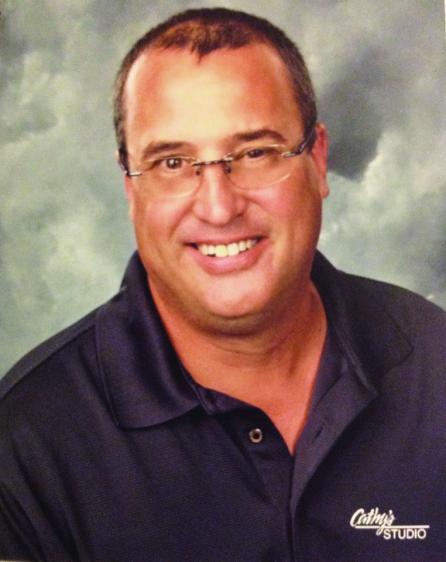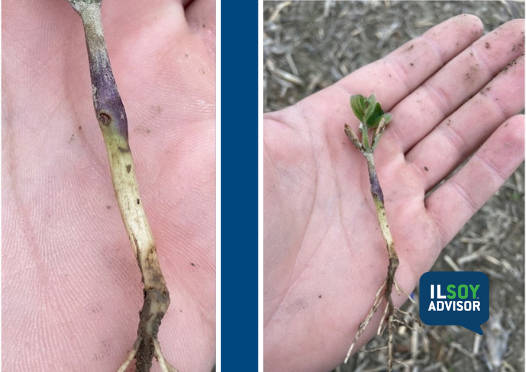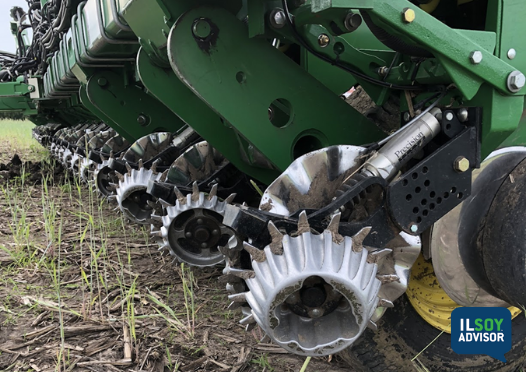ILSOYADVISOR POST
What is better, the planter or the drill?
We have moved away from drilling soybeans in favor of planting. Planting soybeans is really nothing new, and you can say the whole thing has come full circle. Planting soybeans has gone from 30-inch rows to 7.5-inch rows with a drill back to 15-inch rows with a planter. We prefer the planter for a number of reasons, most of which have to do with precise metering and depth control.
Let’s face it, the grain drill has been more of a “controlled spill” as one farmer called it or an “organized broadcaster” as another called it. Metering hasn’t been precise. One is constantly adjusting the cups based on seed size and “how many acres were covered between fill ups.” In the end you either planted more or less than you desired.
Seed placement also has been a big issue. Again, we could set a planter to plant beans at a constant 1.5 inches deep, but with a drill there was “you need to see a few beans on top of the ground or you’re getting them too deep” mentality of depth control. As one farmer said “half are too deep, half are too shallow and half are just right.” (Yes, you read that correctly.) Again, it was a constant battle of taking the units out of the ground or putting them in the ground to get the proper depth set. We spent as much time on our knees digging and checking depth as we did drilling it seems.
However, the drill might have its place in the double-crop system. The narrower spacing of the drill helps canopies close quicker. We get the ground shaded faster, which aids in weed control and conserves moisture.
As we increase populations later in the year, we also get seeds dispersed more—note I left out “evenly”! (See second paragraph!) Even in areas where we might not get a “perfect stand”, we have beans there that will compensate and bush out, thus making the chances of a blank spot less likely.
There still remains the issue with the drill of penetrating the wheat straw and getting good placement of the seed. Seed to soil contact is also an issue in heavy residue like wheat straw. (This takes us back to paragraph 3.)
So, do the negatives of the drill outweigh any benefits? My first question would be this: What are you most comfortable planting beans with? If you are most comfortable with the planter, then there is no need to drill. If you are comfortable with the drill, then you might do some side-by-sides with the planter and see what might work best on your farm.
Your management will dictate which practice is better for your farm.
Tell us your approach in the comments section below.





Comments
Add new comment